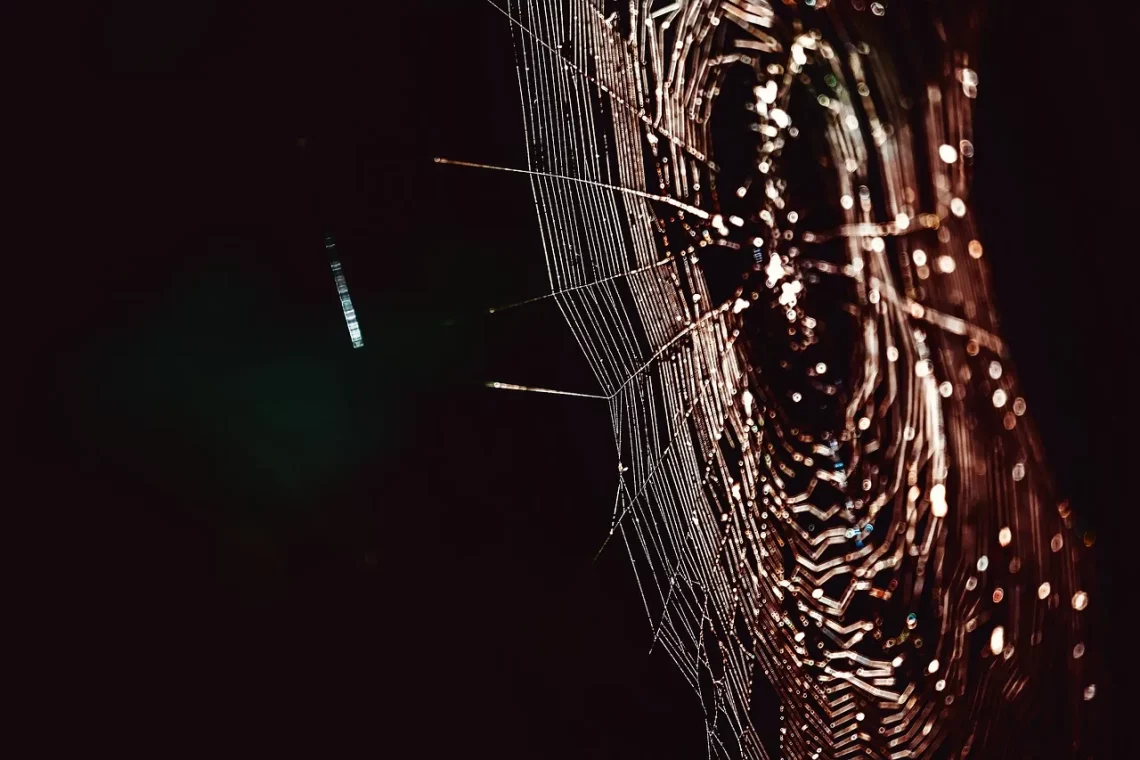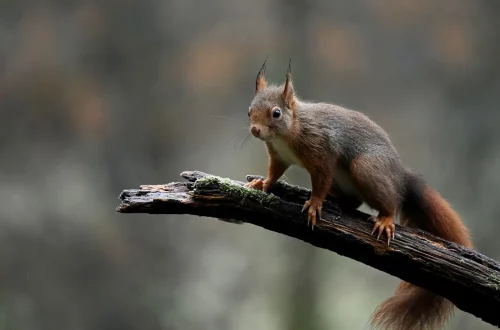
Understanding the Brown Recluse Spider in Washington State
Understanding the Brown Recluse Spider in Washington State
The brown recluse spider, often shrouded in myth and fear, is a fascinating creature that exists within the intricate web of Washington State’s diverse ecosystems. While it is essential to understand its role in the environment, many people are primarily concerned about its potential dangers. The brown recluse, characterized by its distinctive violin-shaped marking and its shy behavior, is often misunderstood. Though it is not native to the Pacific Northwest, sporadic sightings and reports have raised awareness about this elusive spider.
With a reputation that often eclipses its actual threat level, the brown recluse has become synonymous with fear in various communities. This spider typically prefers secluded spaces, making it less likely to encounter humans directly. However, its bites can provoke anxiety, leading to a greater need for public education regarding identification and safety. In an effort to foster understanding and reduce fear, it is crucial to delve deeper into the biology, behavior, and management of the brown recluse spider in Washington State.
Identification and Characteristics
Identifying the brown recluse spider is essential for anyone living in or visiting areas where they might be present. The brown recluse is often recognized by its distinctive coloration—a light brown body with a darker violin-shaped marking on its cephalothorax. This marking, which can be more pronounced in some individuals, can help differentiate it from other spiders. The legs of the brown recluse are long and slender, and its body is typically around 6 to 20 mm in length.
One of the most critical features of the brown recluse is its eyes. Unlike most spiders, which have eight eyes arranged in pairs, the brown recluse has six eyes arranged in a unique pattern. This distinguishing characteristic can aid in its identification, though it may require close observation.
In terms of habitat, the brown recluse prefers warm, dry environments, often seeking shelter in undisturbed areas such as woodpiles, attics, and basements. In Washington State, sightings are relatively rare, but they can occur, particularly in homes or buildings that provide the necessary conditions for these spiders to thrive.
Understanding the physical characteristics of the brown recluse is crucial, but it is equally important to be aware of its behavior. This spider is generally reclusive, preferring to hide in dark, secluded spaces. It is not aggressive and will typically bite only when it feels threatened. This behavior contributes to the spider’s reputation as a “hitchhiker,” as it can inadvertently be transported in boxes, clothing, or other items.
Behavior and Habitat Preferences
The behavior of the brown recluse spider is largely dictated by its habitat preferences and environmental conditions. As a nocturnal creature, the brown recluse is most active during the night when it hunts for prey. It primarily feeds on small insects and other arthropods, playing a vital role in controlling pest populations. This predatory behavior is essential for maintaining ecological balance, even if the spider itself is often viewed with suspicion.
In terms of habitat, the brown recluse favors warm, dry environments. It is typically found in areas that provide ample hiding spots, such as woodpiles, sheds, and basements. In Washington State, the spider may not thrive as well as in its native regions due to the cooler climate, but it can still be found in localized areas where conditions are more favorable.
The brown recluse’s reclusive nature means that it is not often seen by humans. It typically avoids confrontation and will retreat if disturbed. This behavior can lead to accidental bites, as people may unknowingly provoke the spider while reaching into dark spaces or moving items where the spider is hiding. Awareness of this behavior can help individuals take precautions when engaging in activities that might disturb potential spider habitats.
Furthermore, the brown recluse spider’s life cycle contributes to its presence in various environments. The female lays eggs in silken sacs, which can contain up to 50 eggs. These sacs are often hidden in secluded areas, making it challenging to identify infestations early. The spider undergoes several molts before reaching maturity, which can take several months. This slow maturation process means that populations can develop over time, especially in areas where they find optimal living conditions.
Risks and First Aid for Bites
While the brown recluse spider is not aggressive, its bite can pose health risks that warrant attention. When a brown recluse bites, it can introduce venom that may cause a range of reactions, from mild irritation to more severe symptoms. The severity of a bite can vary significantly between individuals, influenced by factors such as the person’s health, location of the bite, and the amount of venom injected.
Initial symptoms of a bite may include redness, swelling, and pain at the site. In some cases, the bite can develop into a necrotic lesion, which can be particularly concerning. It’s important to monitor the bite area closely and seek medical attention if severe symptoms develop. Early intervention can be crucial in managing the effects of a bite, especially if it leads to necrosis or secondary infections.
If bitten, the first step is to clean the area gently with soap and water. Applying a cold compress can help reduce swelling and alleviate pain. Over-the-counter pain relievers may also provide relief. However, if symptoms worsen or do not improve within a few days, it is essential to seek medical care.
While the brown recluse spider is often a source of fear, understanding its behavior and potential risks can help demystify the creature. By educating ourselves about the realities of brown recluse encounters, we can reduce unnecessary panic and promote responsible coexistence.
**Please note that this article is not a substitute for professional medical advice. If you suspect you have been bitten by a brown recluse spider or are experiencing health issues, consult a qualified healthcare provider for guidance.**
Management and Prevention Strategies
Managing the presence of brown recluse spiders in and around your home is essential for minimizing encounters and potential bites. A proactive approach can significantly reduce the likelihood of these spiders establishing themselves in your living environment.
First and foremost, maintaining a clean and clutter-free home is crucial. Regularly vacuuming and decluttering spaces can eliminate potential hiding spots for spiders. Pay particular attention to areas like basements, attics, and garages, where spiders may find refuge.
Sealing cracks and crevices in your home can also help prevent spiders from entering. Use caulk to fill gaps around windows, doors, and foundations. Installing screens on windows and doors can further deter spiders and other insects from making their way inside.
Outdoor management is equally important. Keeping your yard tidy by trimming shrubs and removing debris can reduce the chances of spiders finding suitable habitats near your home. Consider using mulch and gravel instead of wood chips, as they can provide fewer hiding spots for spiders.
If you suspect a brown recluse infestation, consider consulting a pest control professional. They can conduct a thorough inspection and recommend appropriate measures to eliminate spiders safely. Professional assistance can be invaluable, especially if you are unsure about identifying the spider or managing the situation effectively.
By adopting these management and prevention strategies, individuals can create an environment that is less hospitable to brown recluse spiders, thereby reducing the risk of bites and fostering a sense of safety within homes and communities.
In summary, understanding the brown recluse spider, its behavior, and effective management strategies can help alleviate concerns while fostering a respectful coexistence with this often-misunderstood arachnid.




